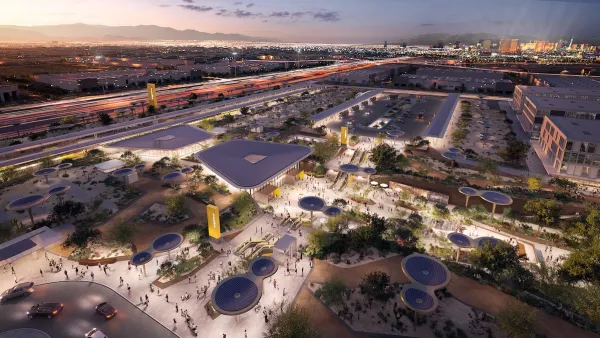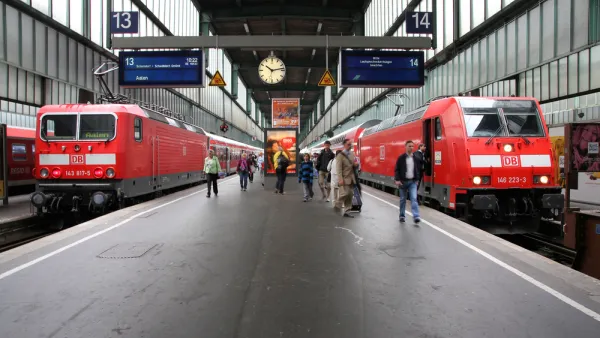I’d been obsessed with it ever since I saw The Princess and the Warrior. (Between that and the funicular in Flashdance, there is just something about bad-ass chicks that commute via unique transit.) So, when I found myself with an unexpected free morning in Essen, Germany, after especially cooperative weather for photographing the day before, I hopped on the S-Bahn towards Wuppertal to see the famed train.
I'd been obsessed with it ever since I saw The Princess and
the Warrior. (Between that and the funicular in Flashdance,
there is just something about bad-ass chicks that commute via unique transit.)
So, when I found myself with an unexpected free morning in Essen, Germany, after especially
cooperative weather for photographing the day before, I hopped on the S-Bahn towards Wuppertal to
see the famed train.

It was even better than I'd expected. I wanted to run up to
people on the train and say, "do you realize that you get to commute every day
on the coolest train ever?" Obviously, Wuppertalians are more blasé about the
situation. (If you watch my video, linked below, you'll see that no one chooses
to sit in the only remaining empty seat because it's next to me-and I've
already established myself as the crazy lady with the camera.)
A Swiss friend
later told me that "schwebe" roughly translates into "gliding," and that's just
what it feels like-a gliding train. When the train picks up some speed in
between stations and then hits a curve, the cars sway significantly. In fact,
riders are warned about the sway when they step on and off of trains at
stations.
 The city of Wuppertal lies in a relatively steep valley
The city of Wuppertal lies in a relatively steep valley
around the Wupper River, which means that it would be technically difficult to
excavate for a subway (due to the high water levels) and that a singular, linear
primary transit line makes sense. If you bear with my crude sketch below, you can see that the riverbed is infrequently intruded upon by the train's frame footings, and the train frame is at a height that allows it to easily cross over even truck traffic on the roads.

(I want to begin my next set of questions with the stipulation
that I am not some monorail nut. Though I really do marvel at Kim Pederson's backyard
monorail in Fremont, CA. Favorite quotation: "imagine how much of the
garden and fence we would have needed to rip out to put in a garden light rail
instead of this!")
- Why is the Schwebebahn so unique?
- Wouldn't it make sense for
lots of other situations? - Isn't building a frame far cheaper than tunneling for a subway?
- Doesn't this have a huge advantage over surface rail, which suffers from needing to negotiate every complicated intersection with car traffic?
- Don't
lots of cities have rivers that are narrow enough to build a frame across and
hang a train over? - Are there riparian environmental concerns that I'm
overlooking? - Am I succumbing to monorail nuttiness? (Or just channeling some inner
Franka Potente?)
I await your feedback, dear readers.
My research in Essen was a part of a German Marshall Fund
Comparative Domestic Policy Fellowship.
See all of my Schwebebahn
photos on flickr.
See a video
I shot of the ride on youtube.

Analysis: Cybertruck Fatality Rate Far Exceeds That of Ford Pinto
The Tesla Cybertruck was recalled seven times last year.

National Parks Layoffs Will Cause Communities to Lose Billions
Thousands of essential park workers were laid off this week, just before the busy spring break season.

Retro-silient?: America’s First “Eco-burb,” The Woodlands Turns 50
A master-planned community north of Houston offers lessons on green infrastructure and resilient design, but falls short of its founder’s lofty affordability and walkability goals.

Test News Post 1
This is a summary

Analysis: Cybertruck Fatality Rate Far Exceeds That of Ford Pinto
The Tesla Cybertruck was recalled seven times last year.

Test News Headline 46
Test for the image on the front page.
Urban Design for Planners 1: Software Tools
This six-course series explores essential urban design concepts using open source software and equips planners with the tools they need to participate fully in the urban design process.
Planning for Universal Design
Learn the tools for implementing Universal Design in planning regulations.
EMC Planning Group, Inc.
Planetizen
Planetizen
Mpact (formerly Rail~Volution)
Great Falls Development Authority, Inc.
HUDs Office of Policy Development and Research
NYU Wagner Graduate School of Public Service





























